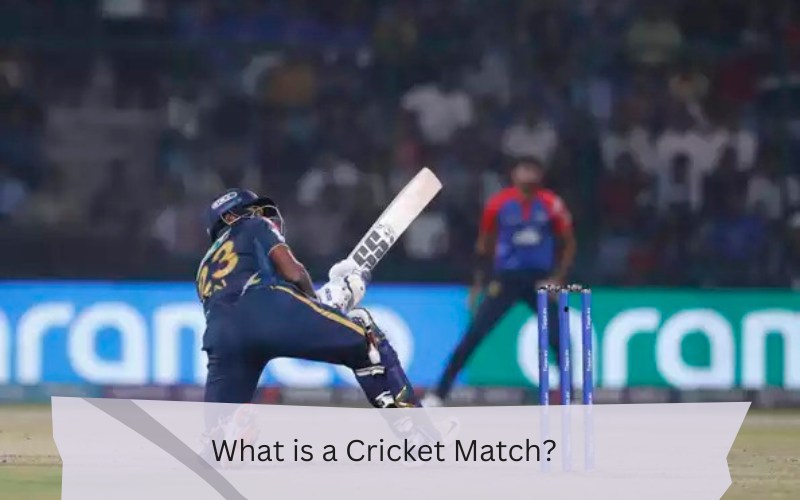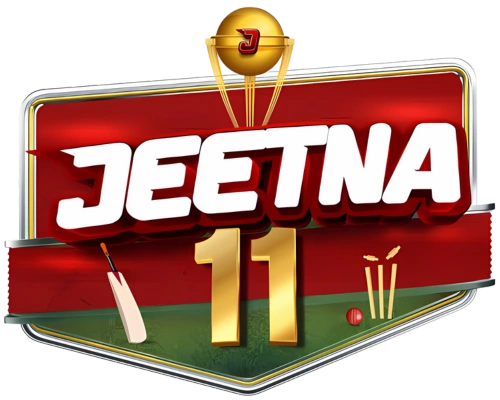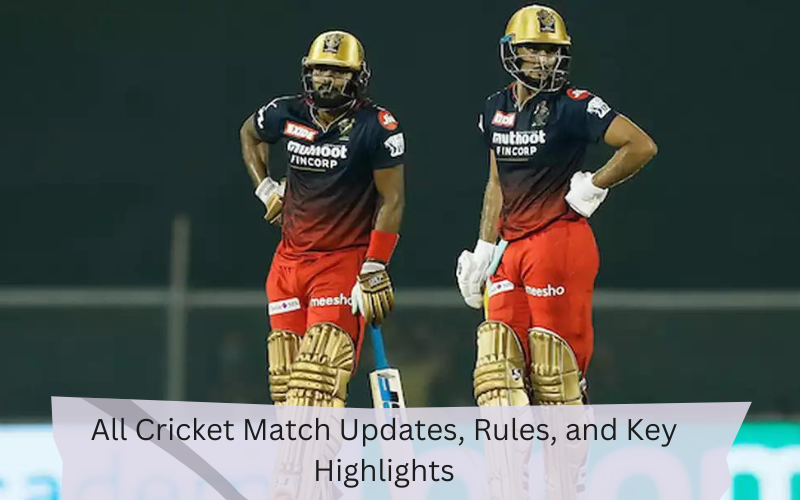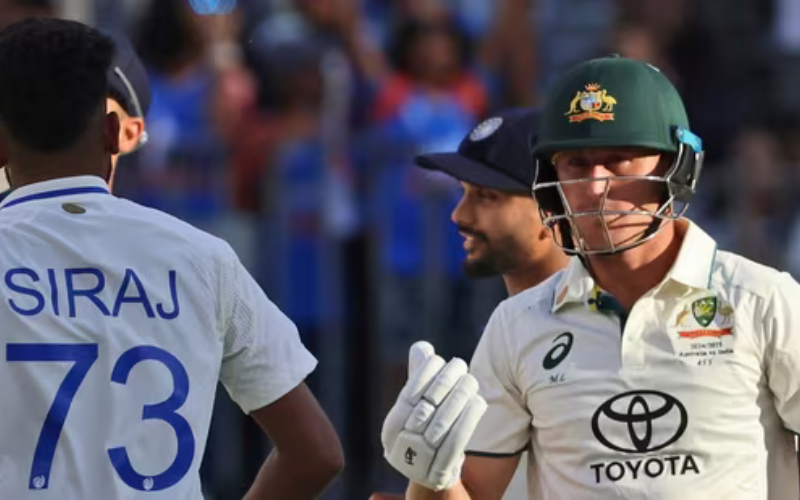All cricket match formats have captivated millions worldwide with exciting plays, complex strategies, and thrilling moments. This article aims to cover everything about cricket—rules, match types, and strategies. With a legacy that spans centuries, cricket has grown into a global phenomenon, holding a significant place in sports culture. Let’s take a look at what makes every cricket match exciting and why fans and players alike are so passionate about the game.
What is a Cricket Match?

A cricket match is a game played between two teams, each taking turns batting and fielding. The primary goal is to score runs while defending against the opposing team’s efforts to limit or chase those runs. All cricket matches vary depending on format, player roles, and specific match rules. These distinctions bring diversity and add to the game’s appeal.
The Popularity of All Cricket Match Formats
Cricket has expanded globally, and each cricket match, whether Test, One-Day International (ODI), or Twenty20 (T20), has its unique charm. Some formats are slower, allowing for strategic depth, while others are fast-paced, delivering quick thrills. Cricket’s popularity has risen due to its intense gameplay, tactical aspects, and the way it unites fans across continents.
Basic Structure of a Cricket Match
In every cricket match, two teams, typically consisting of 11 players each, compete. Here are the essential elements:
- Innings: Each team has one or two innings, depending on the match format. An innings is when one team bats while the other bowls and fields.
- Overs: An over consists of six balls bowled by a player, referred to as the bowler.
- Runs and Wickets: The batting team tries to score runs, while the fielding team aims to take wickets (dismissing players) and limit runs.
Key Types of Cricket Matches
Understanding all cricket match types is vital for any cricket fan. Each type brings its excitement, rules, and strategies.
Test Matches
Test matches are the longest cricket match format, lasting up to five days, and are known for their strategic depth. Each team has two innings, and the game is played with red balls, usually allowing swing movement. Test cricket has a unique charm due to the endurance it requires from players and the extended period for each match. Fans of Test matches appreciate the intense battle of skill and resilience that unfolds over multiple days.
One-Day Internationals (ODIs)
ODIs are limited-overs matches, where each team bats for 50 overs. Played with white balls, ODIs became popular because they bring a balance between strategy and fast-paced action. Each team gets a single innings to score as many runs as possible in 50 overs, making it a more compact and entertaining format. ODIs are a staple in major tournaments, including the ICC Cricket World Cup.
T20 Matches
T20 cricket matches, also known as Twenty20, are the shortest international format, with each team allotted just 20 overs to score. This format has grown quickly due to its energetic, crowd-pleasing nature, with thrilling performances and quicker outcomes. T20 matches usually last only a few hours, making them more accessible for viewers who prefer shorter matches with constant excitement.
See more: IPL Score 2024: Match Highlights, Players, and Key Stats
Conclusion
All cricket matches offer unique experiences, catering to diverse preferences and capturing the hearts of millions. Test matches showcase endurance, ODIs balance strategy and excitement, and T20 matches deliver fast, thrilling entertainment. The essential roles of batsmen, bowlers, and fielders, along with important rules and technology, make cricket a sport filled with endless excitement and skill. Whether you are a newcomer or a seasoned fan, the variety and strategic depth in each all cricket match format ensure there’s something for everyone.















